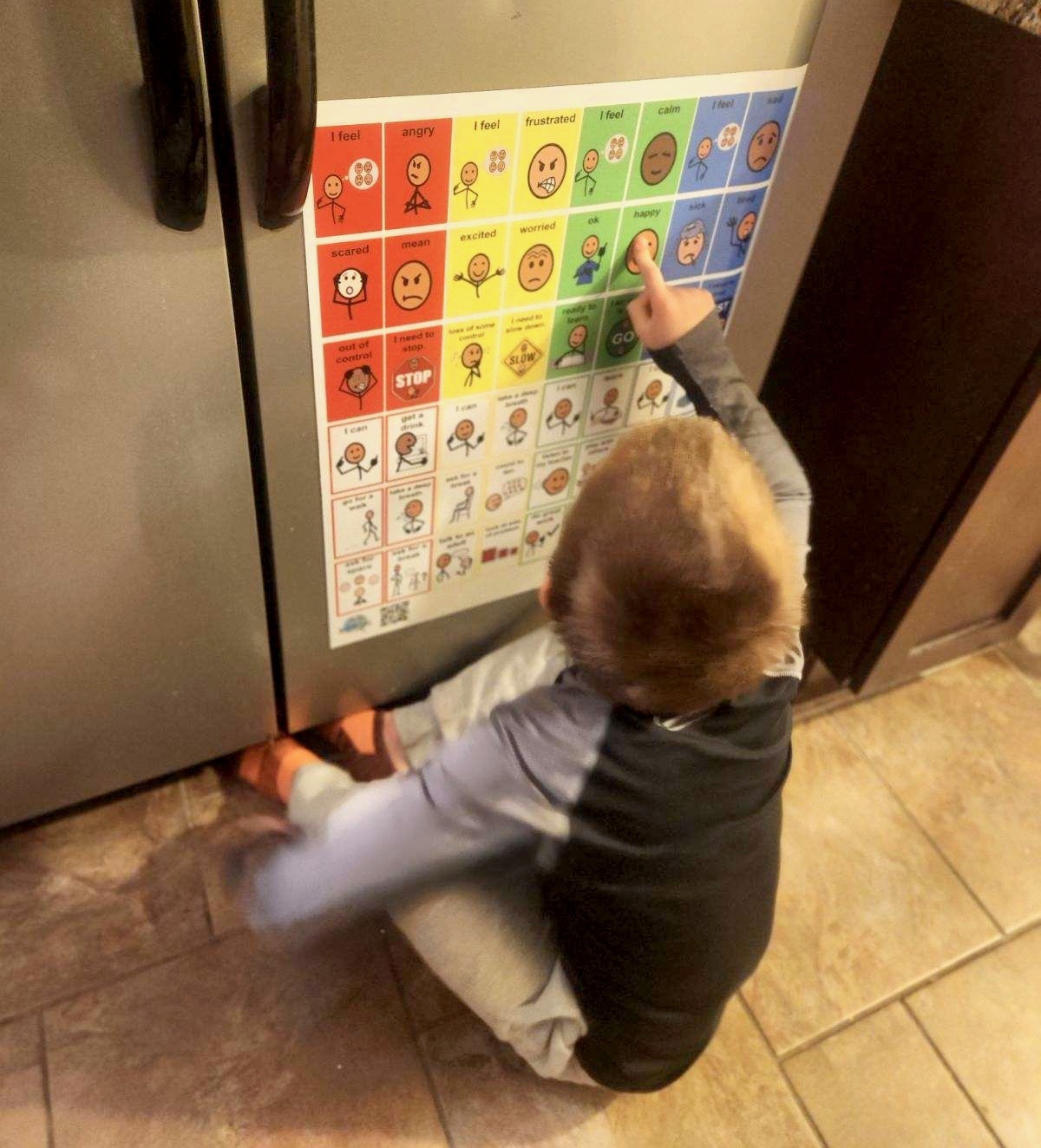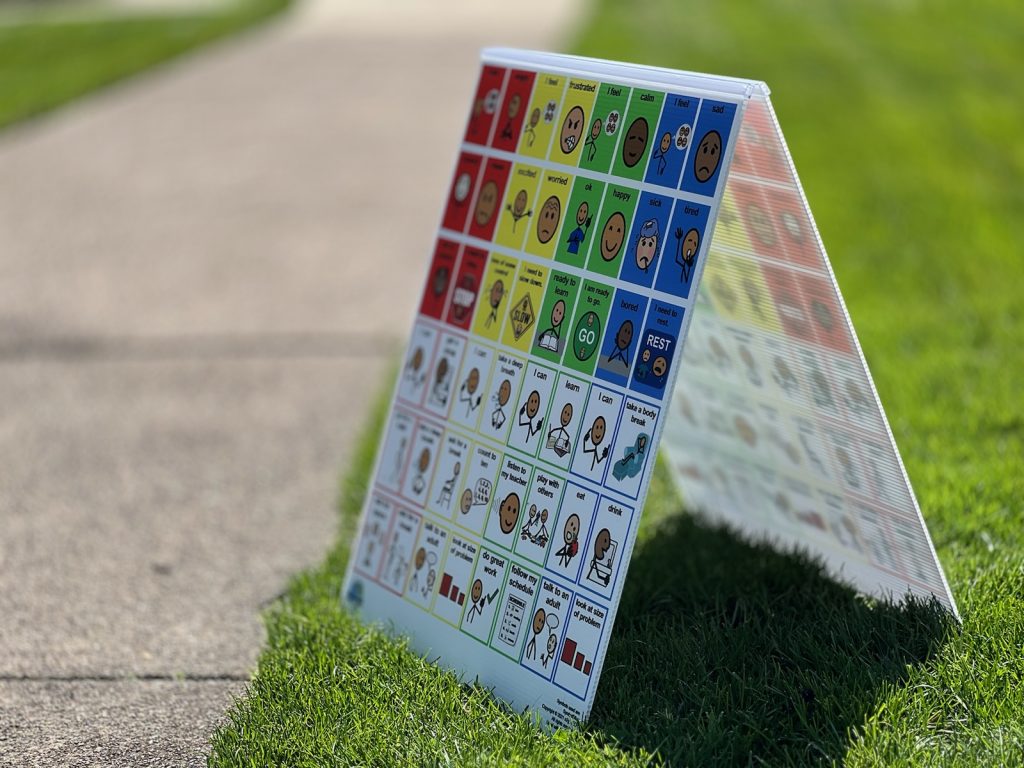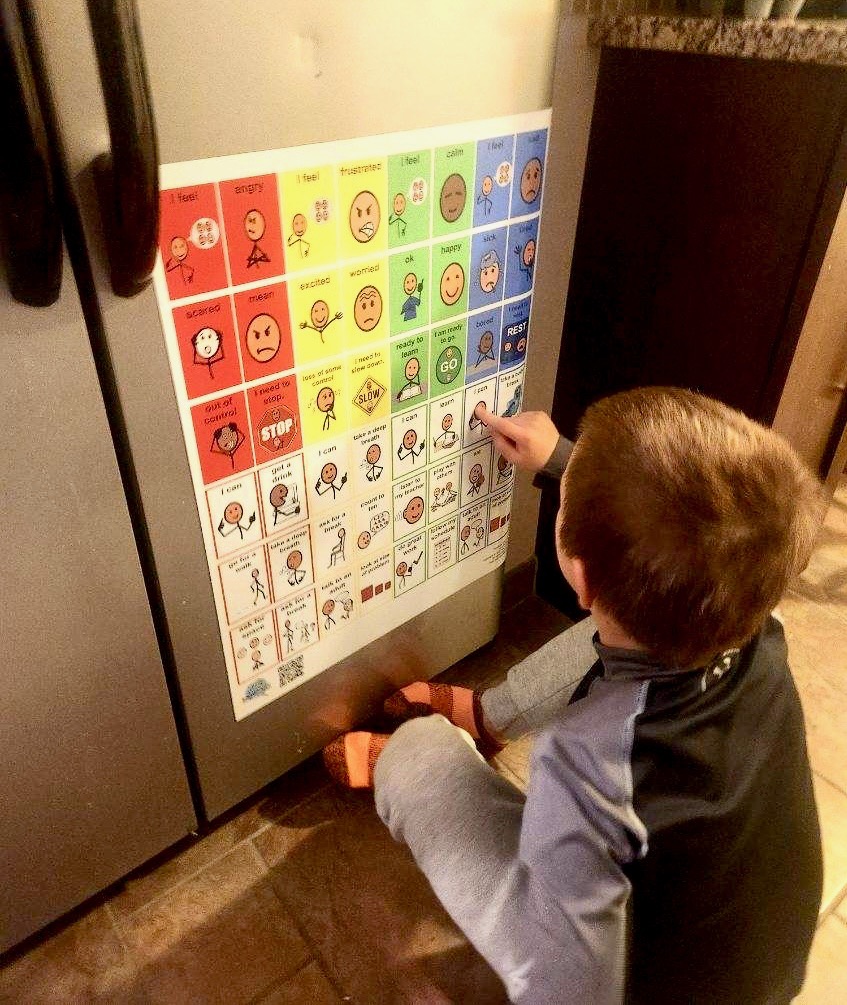
As parents, caregivers, therapists and teachers helping children manage their emotions can sometimes feel overwhelming, especially when traditional methods of communication fall short. Emotional balance communication boards are an incredible tool that can help children express how they’re feeling in a clear, visual way. However, like any tool, they come with their own set of challenges, and many families experience frustration, worry, and a desire for improvement in the way these boards are understood and used.
In this post, we’ll explore three common concerns: frustration with limited understanding from individuals working with the child, the desire for easier, more intuitive boards, and the worry that your child won’t use the board effectively. We’ll also discuss how to overcome these challenges so that your child can gain the full benefit of emotional balance communication boards.
Frustration: Limited Understanding
One of the most common frustrations parents face is the lack of understanding or support from others, even family members when it comes to using emotional balance communication boards. You may find that some people don’t know how to use the boards or don’t see their value, which can feel isolating.
What You Can Do:
Provide Simple Training:
Often, people are willing to help but aren’t sure where to start. Offer a quick demonstration or share a short video explaining how to use the board. Simple instructions can go a long way in helping teachers or caregivers feel confident.Create a Cheat Sheet:
A one-page guide with common symbols and phrases can be a great resource for teachers and caregivers. This quick reference can make it easier for them to understand how to use the board during emotional moments.Encourage Consistency:
Communicate with teachers and caregivers to ensure that the board is being used regularly both at home and in school or daycare settings. Consistency is key in reinforcing the board as a helpful tool for your child.
By taking small steps to educate and support those around you, you can reduce the frustration and increase understanding, making it easier for your child to benefit from the communication board.
Desire: Easier, More Intuitive Boards
Many parents wish emotional balance boards were simpler and more intuitive. Some boards may seem complicated or cluttered, which can make them difficult for both children and adults to use. You may find yourself wanting something that’s more user-friendly and adaptable to your child’s specific needs.
What You Can Do:
- Customize the Board: If the board feels overwhelming, start by simplifying it. Choose just a few key emotions to begin with, and gradually introduce more as your child becomes comfortable. You can create your own boards or find customizable options that allow you to tailor the design to your child’s developmental stage.
- Use Clear, Recognizable Symbols: Choose symbols that are easy for your child to understand. Stick to emotions that are familiar, like “happy,” “sad,” or “angry,” and avoid using too many abstract concepts early on. The clearer the board is, the more intuitive it will feel for your child.
- Consider a Portable Option: There are digital communication boards available that can be more interactive and engaging for children who are comfortable with technology. These boards often come with sound or animation, making it easier for children to connect the symbol with the emotion they’re trying to express.
Finding a board that works for your child doesn’t have to be a struggle. Start simple, make adjustments based on what works best, and you’ll find that an easier, more intuitive board is possible with a little customization.
Worry: Will My Child Use the Board Effectively?
It’s natural to worry about whether or not your child will actually use the communication board as intended. You may be concerned that your child will ignore it, use it incorrectly, or simply not engage with it at all. This worry can sometimes make you question whether the board is the right tool for your child’s emotional regulation.
What You Can Do:
Model Usage:
One of the best ways to encourage your child to use the board is by modeling it yourself. When your child is calm, show them how to point to different emotions and explain what each one means. You can even use the board to describe your own feelings, creating an environment where using the board becomes a regular part of communication.Integrate It Into Daily Routines:
Make the board a part of your daily life. Use it during transitions, like getting ready for school or bedtime, to help your child express their feelings in a structured way. The more the board is incorporated into regular routines, the more comfortable your child will become using it.Celebrate Success:
Even small moments of success should be celebrated. If your child uses the board to express even a single emotion, acknowledge that progress. Positive reinforcement will encourage continued use and help your child see the board as a helpful tool.
While it’s normal to have concerns about how effective the board will be, staying patient and positive can help your child develop the skills to use it effectively over time.
The Bigger Picture: Supporting Your Child’s Emotional Growth
It’s important to remember that using emotional balance communication boards is a learning process, both for your child and for those who support them. Frustrations, like a lack of understanding from others, can be mitigated through education and consistent usage. By customizing the board to make it more intuitive and practicing patience, you’ll find that your child can effectively use the board to express their emotions.
As you work through these challenges, keep in mind that every step forward is progress. Your advocacy for your child’s emotional regulation is helping them develop important communication skills that will serve them in every aspect of life.
You’re Not Alone
If you’ve ever felt frustrated or worried about using emotional balance communication boards, know that you’re not alone. Many parents and caregivers share similar experiences, and by staying persistent, patient, and connected, you’re giving your child the tools they need to thrive. Keep advocating, keep educating, and keep celebrating the small wins!









